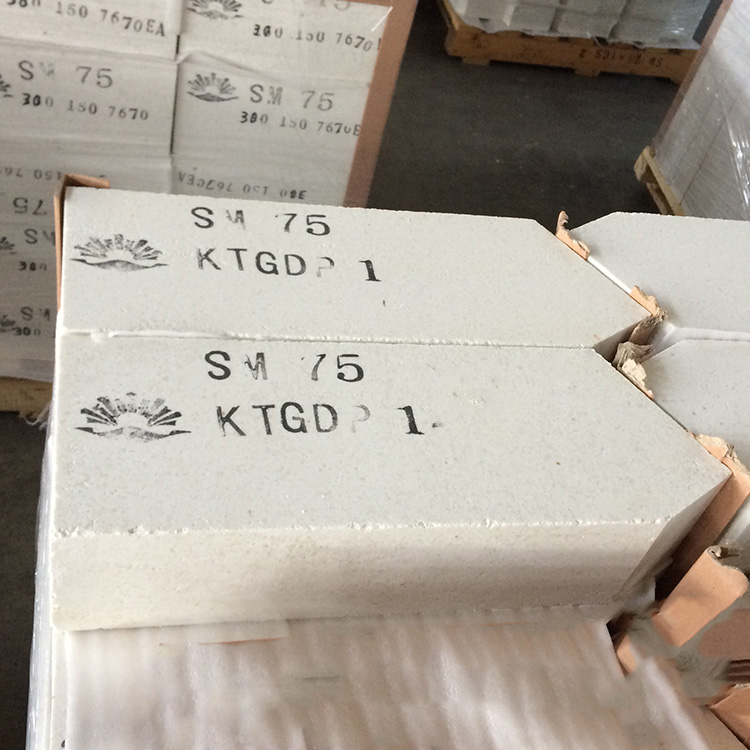
In the complex world of high - temperature industrial applications, choosing the right refractory material can be a daunting task for many customers. The performance of refractory materials directly impacts the efficiency, safety, and longevity of industrial equipment. Among the numerous refractory materials available, mullite bricks have emerged as a popular choice. Understanding the classification and characteristics of mullite bricks is crucial for customers to make informed decisions and select the most suitable product for their specific needs.
Sintered mullite bricks are made from high - alumina bauxite, kaolin, and other raw materials. The production process involves mixing these raw materials, forming them into the desired shape, and then sintering them at high temperatures (usually around 1600 - 1800°C). This high - temperature sintering process enhances the density and strength of the bricks. Sintered mullite bricks typically have an alumina content ranging from 60% to 80%. They are known for their excellent thermal shock resistance, good corrosion resistance, and relatively low thermal conductivity. For example, in some ceramic firing kilns, sintered mullite bricks can withstand repeated heating and cooling cycles without significant damage, which helps to maintain the stability of the kiln environment.

Fused mullite bricks are produced through an electric - melting process. The raw materials, such as high - purity alumina and silica, are melted in an electric arc furnace at extremely high temperatures (above 2000°C). After melting, the molten material is cast into molds and then slowly cooled. Fused mullite bricks have a higher purity and a more uniform crystal structure compared to sintered mullite bricks. They usually have an alumina content of over 90%. These bricks offer superior refractoriness, high strength at high temperatures, and excellent resistance to slag corrosion. In steel - making ladles, fused mullite bricks can effectively resist the erosion of high - temperature molten steel and slag, extending the service life of the ladle.

| Aspect | Sintered Mullite Bricks | Fused Mullite Bricks |
|---|---|---|
| Raw Materials | High - alumina bauxite, kaolin | High - purity alumina, silica |
| Production Process | Mixing, forming, sintering at 1600 - 1800°C | Electric - melting above 2000°C, casting, cooling |
| Alumina Content | 60% - 80% | Over 90% |
| Thermal Shock Resistance | Good | Relatively lower |
| High - temperature Strength | Moderate | High |
| Slag Corrosion Resistance | Good | Excellent |
Sintered mullite bricks are well - suited for applications where thermal shock resistance is a key requirement. They are commonly used in ceramic kilns, glass furnaces, and some non - ferrous metal smelting furnaces. On the other hand, fused mullite bricks are ideal for high - temperature environments with severe slag corrosion, such as steel - making converters, ladles, and cement rotary kilns.
Each type of mullite brick has its unique characteristics and advantages. Sintered mullite bricks offer good thermal shock resistance, while fused mullite bricks provide superior high - temperature strength and slag corrosion resistance. When choosing mullite bricks, customers should carefully consider their specific application requirements, such as temperature range, corrosion environment, and thermal cycling conditions. By selecting the right type of mullite brick, customers can significantly improve the performance and service life of their industrial equipment.
If you are looking for high - quality mullite bricks tailored to your specific needs, our company offers a wide range of options. Our technical team can provide professional advice to help you select the most suitable product. Contact us today to enhance the performance of your industrial operations!


